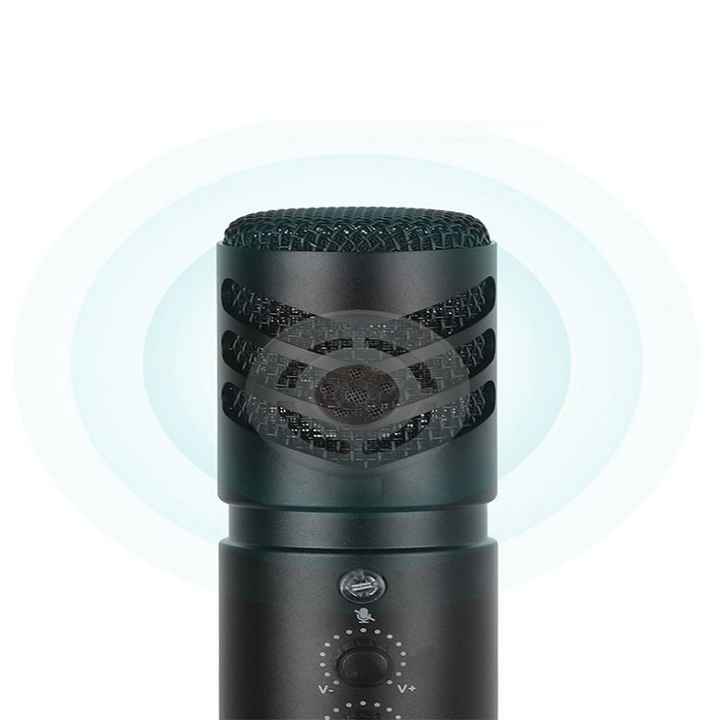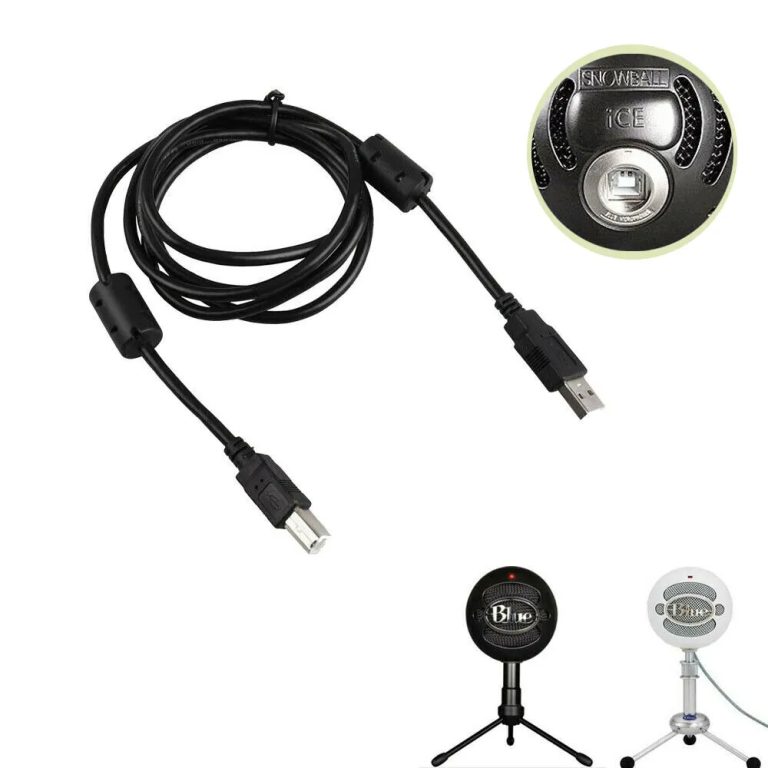The rise of autotune in the music industry has transformed the production of music, allowing artists to modulate their vocals to perfection. For aspiring artists looking to elevate their singing with polished sound, incorporating an autotune microphone into their gear can make all the difference. These specialized microphones offer on-the-go pitch correction, making them valuable tools for live performances and studio recordings alike. This article will guide you through some of the top-rated autotune microphones, perfect for those ready to take their vocal capabilities to professional heights.
Unpacking the Basics of Autotune Microphones
Understanding How Autotune Microphones Work
Autotune microphones function by analyzing the singer’s pitch and adjusting it to the nearest correct tone in real-time. They deploy pitch-correction technology, often built into the microphone’s hardware, to smooth out off-key notes and ensure vocal performances are pitch-perfect. This technology is a boon for live performers who need consistent and reliable sound quality without the luxury of post-production fixes.
The Importance of Selecting the Right Microphone
Investing in the right autotune microphone can be crucial for aspiring artists who want their music to stand out. The microphone’s ability to capture the nuances of a performance while correcting pitch imperfections on the fly can be a game-changer, particularly during live shows where there’s no room for error. A good autotune microphone not only enhances vocals but also instills confidence in the artist.
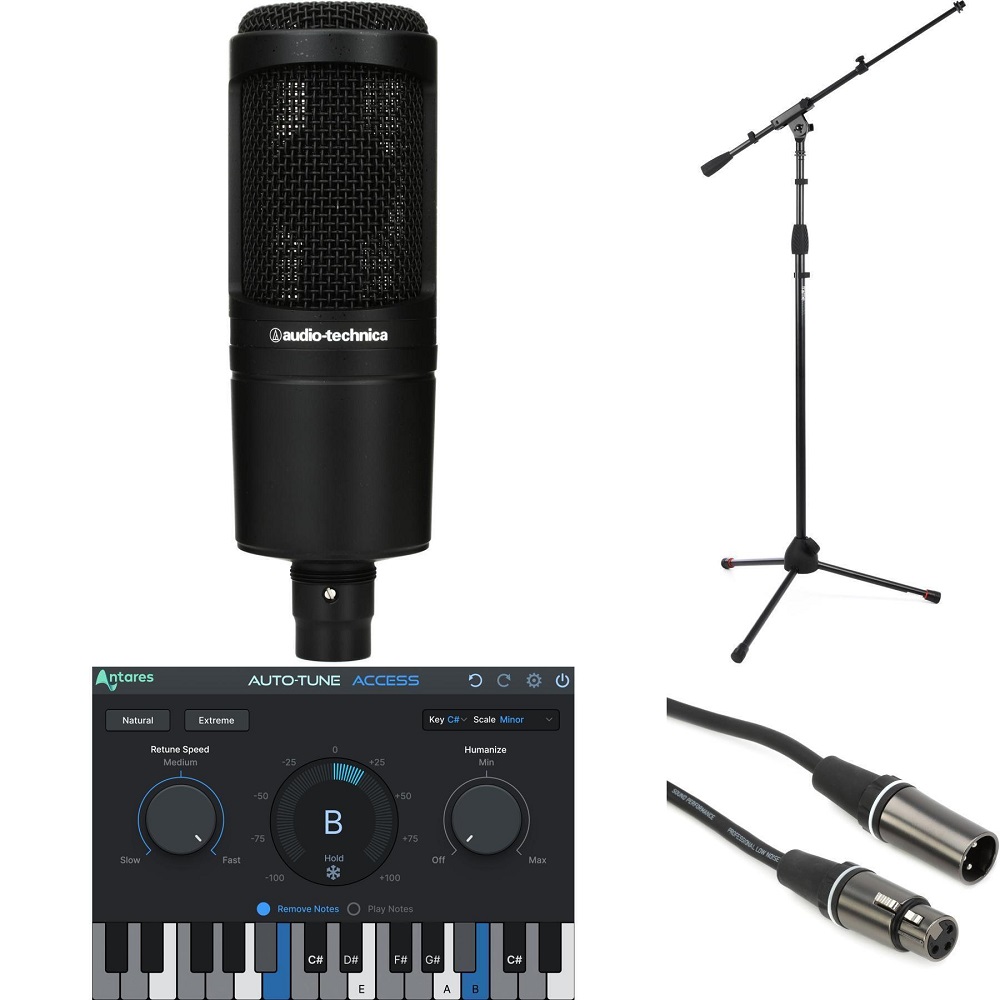
Examining Top Autotune Microphone Features
Clarity and Range of Sound
The best autotune microphones balance high-quality sound capture with effective pitch correction. Clarity is key; the microphone should convey the artist’s voice authentically while addressing any pitch issues. Range defines how accurately the microphone can detect the pitch of both high and low notes. A broad range ensures that vocal artists of all varieties can benefit from the technology, regardless of their singing styles.
User-Friendly Interface and Controls
Ease of use is another critical aspect of an excellent autotune microphone. A user-friendly interface, with intuitive controls and clear display panels, allows seamless operation during live performances or recording sessions. Some microphones come with preset tuning effects and can easily toggle between different correction modes, making it straightforward for artists to adapt their sound to the song’s requirements.
Highlighting Market Leaders
TC-Helicon MP-75 with Mic Control
TC-Helicon’s MP-75 stands out thanks to its integration with TC-Helicon vocal processors that enable autotune functionality. This microphone is renowned for its dynamic range and superior feedback rejection. The addition of ‘Mic Control’ allows artists to engage the autotune effect with a simple thumb click, making it a great companion for live stage performances.
Behringer Ultravoice XM8500
The Behringer Ultravoice XM8500 is an affordable entry-level choice that offers durable construction and excellent sound quality. Although it doesn’t have built-in autotune, it pairs well with external pitch-correction devices or software, providing a low-cost path to achieving polished vocals for emerging artists who may be on a tight budget.
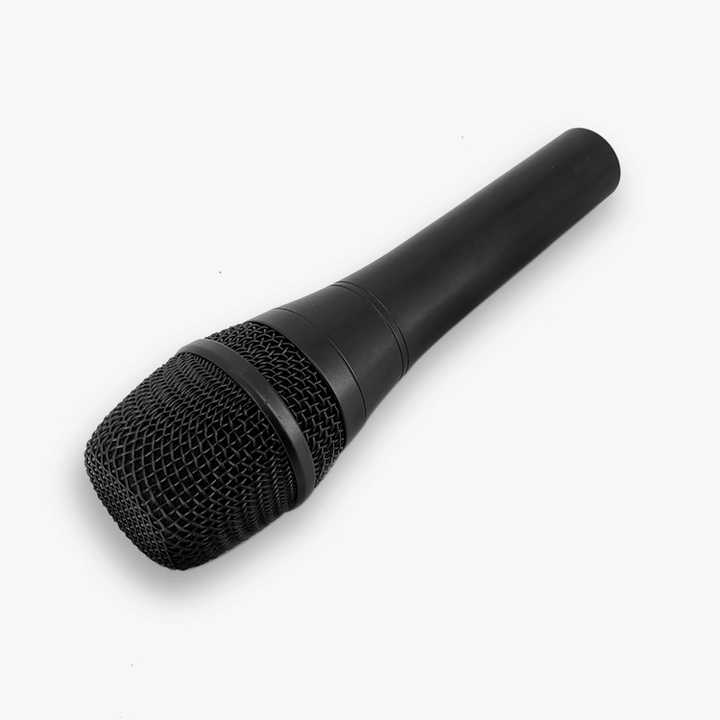
Cutting Edge Technology and Advanced Models
Sennheiser SKM 6000
For those seeking the upper echelon of autotune microphones, the Sennheiser SKM 6000 offers pristine audio alongside compatibility with leading-edge wireless systems. Its modular design allows artists to connect different capsules, including those with integrated autotune technology, catering to a wide array of professional requirements.
Antares Auto-Tune Artist
Not a microphone, but an essential tool in the world of vocal pitch correction, Antares Auto-Tune Artist is software used by countless professionals. When paired with a high-quality microphone, it delivers autotune at a level that can be precisely fine-tuned. This solution may be better suited for studio recording, where it can afford artists greater control over their sound.
Making the Right Choice
Tailoring Your Microphone to Your Needs
It’s essential to align your choice of autotune microphone with your specific needs as an artist. Consider your primary environment – whether mostly live performances, studio recording, or a mix of both – and ensure the microphone’s features complement this setting. Factor in compatibility with your existing equipment and software to avoid any performance or connectivity issues.
Budget Versus Performance
Balance is key when making a purchase decision. You should weigh the performance capabilities of the autotunemicrophone against your budget constraints. While you may want to stretch for the highest available quality, remember that several well-priced options can provide outstanding results without breaking the bank. Aim for the best you can afford while ensuring a good fit for your intended use.
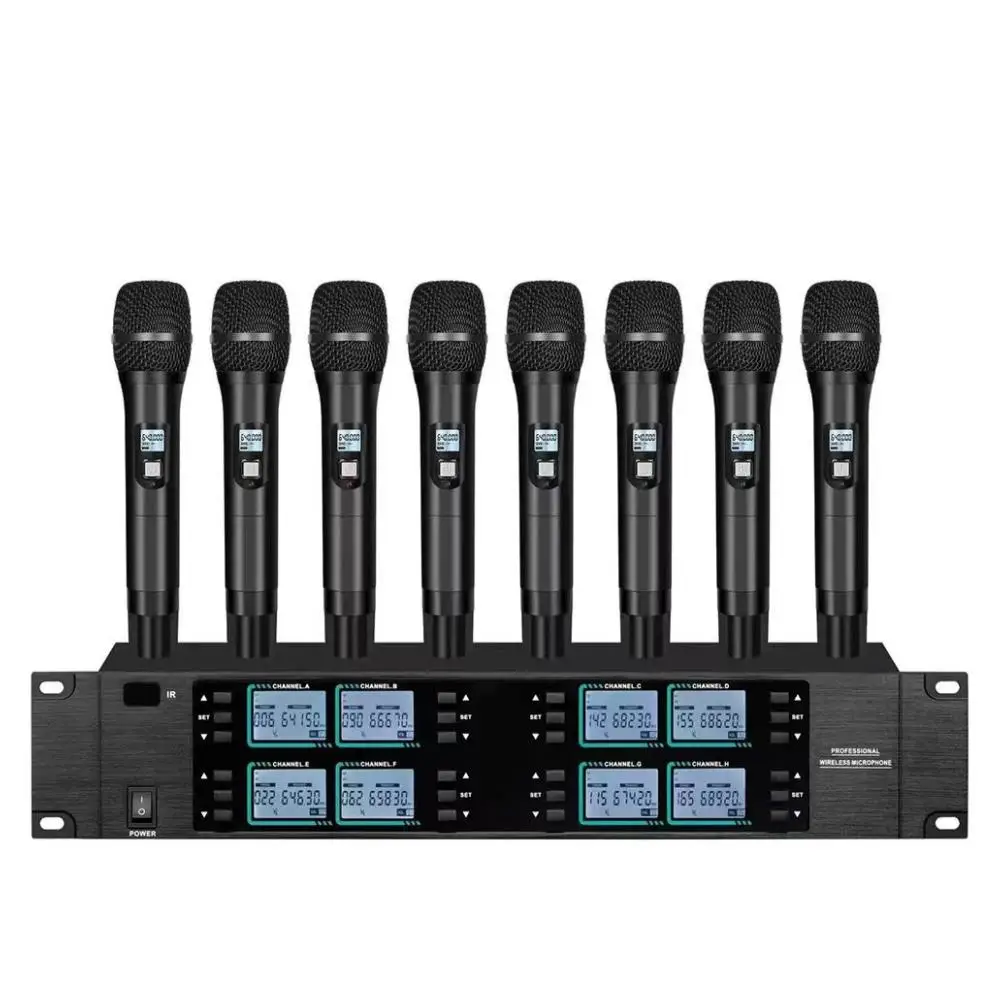
Expanding Your Skill Set with Quality Equipment
The Role of Autotune Microphones in Artistic Growth
As an aspiring artist, mastering the use of an autotune microphone can vastly expand your versatility and skill set. In practicing with this technology, you can fine-tune your vocal performance, experiment with various sounds, and ultimately, discover your unique style. A capable autotune microphone empowers artists to push the boundaries of their creativity, allowing them to explore genres and songs they may have previously considered out of reach due to vocal constraints.
Building Confidence in Live Settings
The immediacy of pitch correction that an autotune microphone provides is a confidence booster during live performances. There is comfort in knowing any minor slip-ups will be seamlessly corrected, allowing artists to focus on their stage presence and emotional connection with the audience. This psychological edge is invaluable, as it can transform good performances into great ones through increased performer confidence and audience engagement.
Tips for First-Time Buyers
Research and Reviews
For first-time buyers, entering the market of autotune microphones can feel overwhelming due to the abundance of options. Conducting thorough research, including reading reviews and watching demo videos, can guide artists toward making an informed choice that complements their vocal style and technical needs. Additionally, reaching out to fellow musicians for recommendations or experiencing the microphones firsthand, if possible, can provide insight beyond the specifications and marketing materials.
Assessing Long-Term Potential and Support
When investing in an autotune microphone, consider the longevity of the product and the support provided by the manufacturer. A durable microphone with a strong track record and accessible customer service will serve you well as your career progresses. Assess whether firmware updates are available for your microphone, which can extend its usability by adding features or improving performance over time, ensuring the technology grows alongside your artistry.
Integrating Autotune into Your Vocal Training
Enhancing, Not Masking, Your Natural Talent
While autotune technology offers a safety net for ensuring pitch perfection, it’s crucial to use it as a tool for enhancement rather than a crutch. Continue to hone your vocal skills through regular training and practice, using autotune sparingly to complement your natural abilities. This strategy will enable you to develop a sustainable career built on genuine talent, with technology serving as a supportive element that adds a polished edge to your final sound.
The Balance Between Authenticity and Perfection
In an era where authenticity in music is highly valued, striking a balance between raw vocal expression and the perfected sound achievable through autotune is key. Artists should strive to maintain a level of personal touch and emotion in their vocals, even when utilizing pitch correction. The goal is to use autotune subtly, ensuring it enhances the overall quality of the performance without diminishing the artist’s true vocal character.
In conclusion, the right autotune microphone can be a transformative component in the toolkit of any aspiring artist. By carefully selecting a microphone that aligns with one’s individual needs and aspirations, artists can harness the power of technology to project their best vocal self. Whether it’s through enhancing live performances, experimenting with genres, or ensuring studio recordings are flawless, autotune microphones are essential for those looking to compete at a professional level in the music industry. As technology progresses, staying abreast of new developments will be crucial for artists striving to lead the pack and captivate their listeners with impeccable sound.
